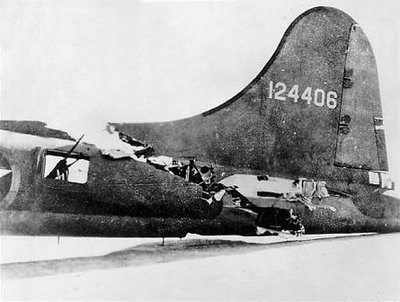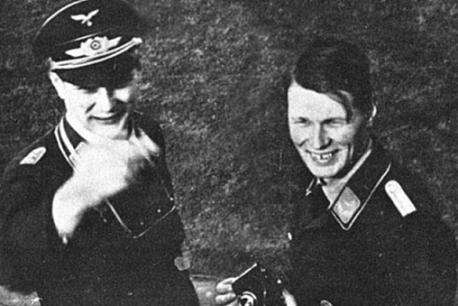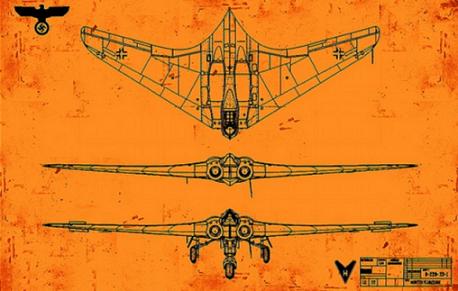Error fetching Flickr photos: A feed could not be found at https://api.flickr.com/services/rest/?method=flickr.photos.search&lang=en-us&format=feed-rss_200&api_key=623dd22ae0e9bd6ccdccda7be155cdb8&user_id=69086089@N03&sort=date-taken-asc&tags=guystuffpicsmilitarywwiipix&per_page=50. A feed with an invalid mime type may fall victim to this error, or SimplePie was unable to auto-discover it.. Use force_feed() if you are certain this URL is a real feed.
Error fetching Flickr photos: A feed could not be found at https://api.flickr.com/services/rest/?method=flickr.photos.search&lang=en-us&format=feed-rss_200&api_key=623dd22ae0e9bd6ccdccda7be155cdb8&user_id=69086089@N03&sort=date-taken-asc&tags=guystuffpicsmilitarywwiipix1&per_page=50. A feed with an invalid mime type may fall victim to this error, or SimplePie was unable to auto-discover it.. Use force_feed() if you are certain this URL is a real feed.
Error fetching Flickr photos: A feed could not be found at https://api.flickr.com/services/rest/?method=flickr.photos.search&lang=en-us&format=feed-rss_200&api_key=623dd22ae0e9bd6ccdccda7be155cdb8&user_id=69086089@N03&sort=date-taken-asc&tags=guystuffpicsmilitarywwiipix2&per_page=50. A feed with an invalid mime type may fall victim to this error, or SimplePie was unable to auto-discover it.. Use force_feed() if you are certain this URL is a real feed.
|
B-17 Mid Air Collision 1943 A mid-air collision on February 1, 1943 between a B-17 and a German fighter over the Tunis dock area became the subject of one of the most famous photographs of World War II. An enemy fighter attacking a 97th Bomb Group formation went out of control, probably with a wounded pilot then continued its crashing descent into the rear of the fuselage of a Fortress named All American, piloted by Lt. Kendrick R. Bragg, of the 414th Bomb Squadron. When it struck, the fighter broke apart, but left some pieces in the B-17. The left horizontal stabilizer of the Fortress and left elevator were completely torn away. The two right engines were out and one on the left had a serious oil pump leak. The vertical fin and the rudder had been damaged, the fuselage had been cut almost completely through – connected only at two small parts of the frame and the radios, electrical and oxygen systems were damaged. There was also a hole in the top that was over 16 feet long and 4 feet wide at its widest and the split in the fuselage went all the way to the top gunner’s turret. The turn back toward England had to be very slow to keep the tail from twisting off. They actually covered almost 70 miles to make the turn home. The bomber was so badly damaged that it was losing altitude and speed and was soon alone in the sky. For a brief time, two more Me-109 German fighters attacked the All American. Despite the extensive damage, all of the machine gunners were able to respond to these attacks and soon drove off the fighters. The two waist gunners stood up with their heads sticking out through the hole in the top of the fuselage to aim and fire their machine guns. The tail gunner had to shoot in short bursts because the recoil was actually causing the plane to turn. Allied P-51 fighters intercepted the All American as it crossed over the Channel and took one of the pictures shown. They also radioed to the base describing that the empennage was “waving like a fish tail” and that the plane would not make it and to send out boats to rescue the crew when they bailed out. The fighters stayed with the Fortress taking hand signals from Lt. Bragg and relaying them to the base. Lt. Bragg signaled that 5 parachutes and the spare had been “used” so five of the crew could not bail out. He made the decision that if they could not bail out safely, then he would stay with the plane and land it. Two and a half hours after being hit, the aircraft made its final turn to line up with the runway while it was still over 40 miles away. It descended into an emergency landing and a normal roll-out on its landing gear. When the ambulance pulled alongside, it was waved off because not a single member of the crew had been injured. No one could believe that the aircraft could still fly in such a condition. The Fortress sat placidly until the crew all exited through the door in the fuselage and the tail gunner had climbed down a ladder, at which time the entire rear section of the aircraft collapsed onto the ground. The rugged old bird had done its job. |
|
Hitler's Stealth Bomber Keep in mind, this aircraft was built in the 1940′s. It resembles our Stealth bombers of today. Had Hitler got these into production sooner, the world wouldn’t be what it is today. 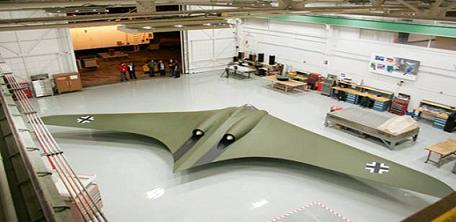 With its smooth and elegant lines, this could be a prototype for some future successor to the stealth bomber. But this flying wing was actually designed by the Nazis 30 years before the Americans successfully developed radar-invisible technology. Now an engineering team has reconstructed the Horten Ho 2-29 from blueprints, with startling results. 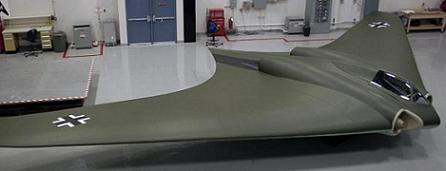 Blast from the past: The full-scale replica of the Ho 2-29 bomber was made with materials available in the 40s.  Futuristic: The stealth plane design was years ahead of its time It was faster and more efficient than any other plane of the period and its stealth powers did work against radar. Experts are now convinced that given a little bit more time, the mass deployment of this aircraft could have changed the course of the war. The 142-foot wingspan bomber was submitted for approval in 1944, and it would have been able to fly from Berlin to NYC and back without refueling, thanks to the same blended wing design and six BMW 003A or eight Junker Jumo 004B turbojets. He thought the electromagnetic waves of radar would be absorbed, and in conjunction with the aircraft’s sculpted surfaces the craft would be rendered almost invisible to radar detectors. |
| Click on the expand icon | to get the maximum effect! |
1940′s
WWII Aviation Art
| Incredible WWII Photos |

